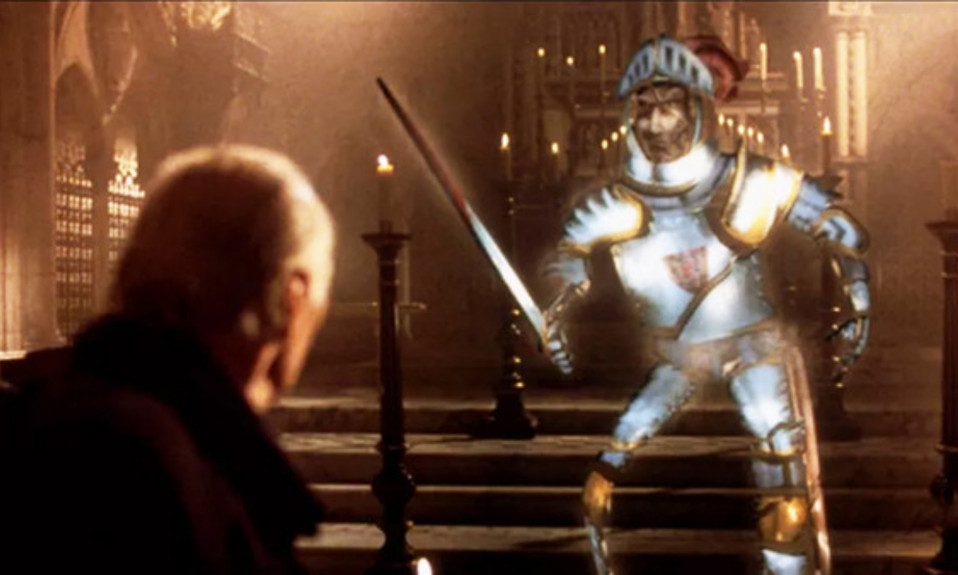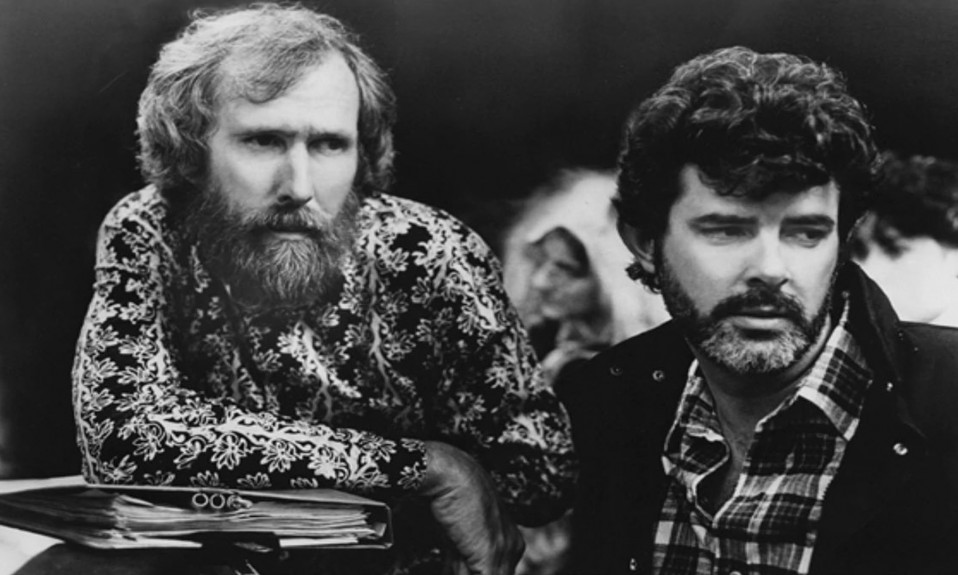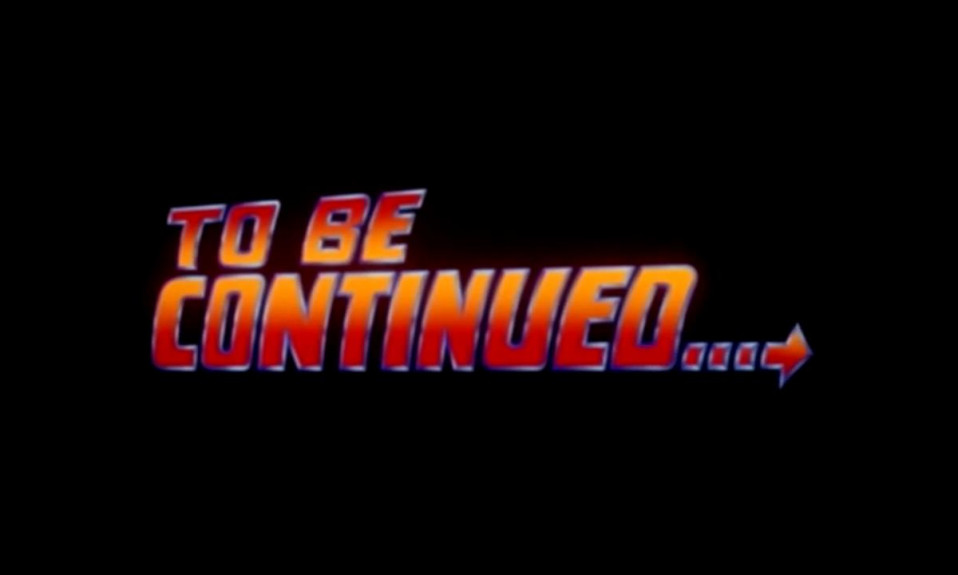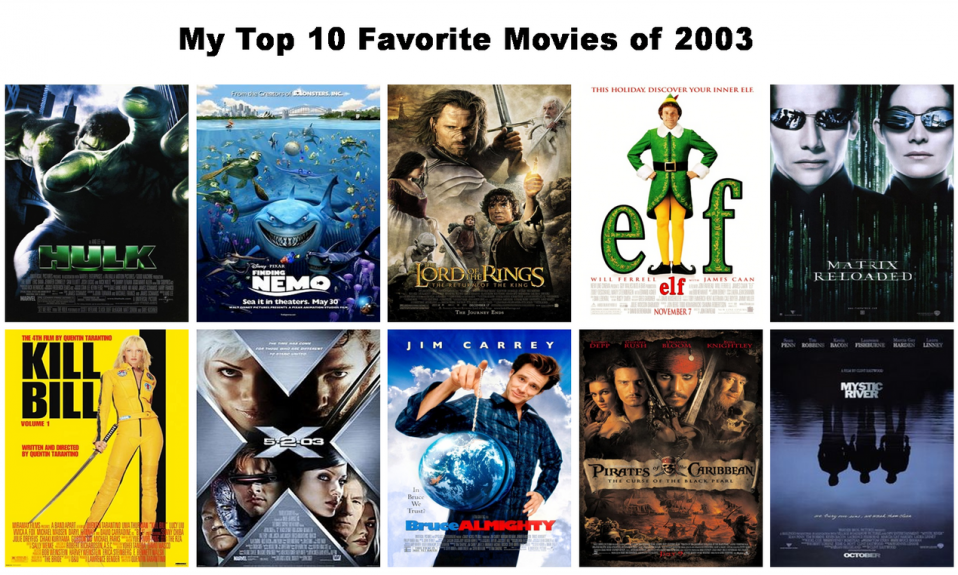Computer-Generated Imagery is a modern movie-making staple. It has helped to create breathtaking visuals that have never been seen before. But how much has the practice impacted the movies we see and our filmgoing experience?
Today we will briefly look at the key live-action films that pushed CGI integration forward. Then we will look at how these effects are incorporated into films. Before finally discussing what the rise of CGI has meant for the industry and audiences.
A Brief History
While films using CG images date back quite far (Vertigo’s opening (1958), A Computer Animated Hand (1972), etc.), 1973’s Westworld was the first live-action feature to use CGI within the narrative.
Live-action films made further strides in CGI incorporation throughout the 20th century. Star Wars (1977) featured wireframe computer animation. Tron (1982) put real actors into a CG world for the first time. Young Sherlock Holmes (1985) is widely considered to be the first live-action film to feature a computer-generated character. The Abyss (1989) and Terminator 2: Judgement Day (1991) helped to perfect CG liquid textures. And Jurassic Park (1993) blended CGI with practical effects to create realistically textured, moving dinosaurs.
The 2000s, thanks to widening software availability and increasing computer speeds, saw films using much more CGI. Several CGI-intensive franchises like Harry Potter and Lord of the Rings (which revolutionised motion capture) debuted. Smaller projects, like District 9 (2009), also used it to realise its alien people and technology. But Avatar (2009) redefined what CGI was capable of. Featuring a vast computer-generated world that blended real actors and effects seamlessly it became the highest-grossing film of all time. Paving the way for other huge effects blockbusters like the MCU.

How CGI Becomes Part Of A Film?
With CGI’s capabilities making huge strides, how do film productions go about integrating the effects? CG elements are mostly created separately alongside filming and are combined with the filmed elements during post-production. Green screens, chroma key suits, motion capture suits, placeholders etc. provide guidelines during production for effects artists and actors as to where the CG elements will go. However, CGI is not just separate work utilised in post-production.
CG pre-visualisation has started to gain prominence. This is where CGI is used to visualise part of a movie prior to production. It gives camera operators, directors etc. an idea of what the film will look like. Allowing them to plan and experiment with how something will be shot.
Advancements now also allow CGI to be visible and filmable during film production. For example, LED Volume and the Unreal Engine have been used to create and visualise realistic CG background elements which can be filmed and edited during planning and production. This technology, which displays CG environments through vast background screens, was recently used during the filming of the short Fireworks and The Mandalorian season 3. Although the technology has some workload and implementation issues this advancement allows workers to create intricate, detailed CG backgrounds. While actors are given more definitive visual aids to perform against. Helping make the drama more believable to audiences.

How CGI Has Changed The Industry?
CGI has completely transformed the movie experience. It has allowed audiences to see incredible creations and has been the basis for many beloved movies. However, with some recent films having a majority of their shots containing visual effects like CGI and many recent articles addressing how bad CGI can negatively affect audience experience, CGI advancement clearly does not automatically produce good art.
CGI is a tool and many factors influence its effectiveness. If VFX artists are not given enough time to complete their work the quality suffers. The oversaturation of effects-heavy blockbusters has also accustomed audiences to a certain level of quality, making subpar CG more noticeable. And if films fail to ground their effects or engage viewers narratively or emotionally the effects can lose their impact.
These represent the main issues for CGI moving forward. If the industry wants to maintain audience interest in an age of CG oversaturation it must consider these points and not just focus on advancement for its own sake. As George Lucas said, a special effect without a story is a pretty boring thing.
Also Read: A.I Generated Art & Movies: A Collision Course













